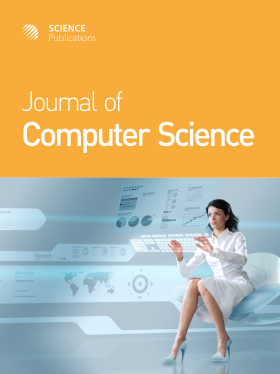DifferSqueezeNet: A Leaner Defect Detection Model
- 1 Industrial and Systems Engineering Graduate Program, Pontifical Catholic University of Parana, Curitiba, Brazil
Abstract
In the industrial environment, the inherent limitations of manual inspection have caused the ascent of automated computer vision systems that aim to match or surpass human performance. In this context, the artificial intelligence field has been interested in defect detection with the creation of many machine learning techniques, focusing on Unsupervised and Semi-supervised learning methods. Since most of these methods use large models in their architectures, we propose a new model architecture that aims to adapt an already existing architecture into a leaner one. We present DifferSqueezeNet, a model that not only is smaller in size but also improves its baseline architecture, delivering better performance at image-level anomaly detection while consuming less computational resources.
DOI: https://doi.org/10.3844/jcssp.2025.549.557

- 246 Views
- 125 Downloads
- 0 Citations
Download
Keywords
- Anomaly Detection
- Computer Vision
- Deep Learning
- Visual Inspection
